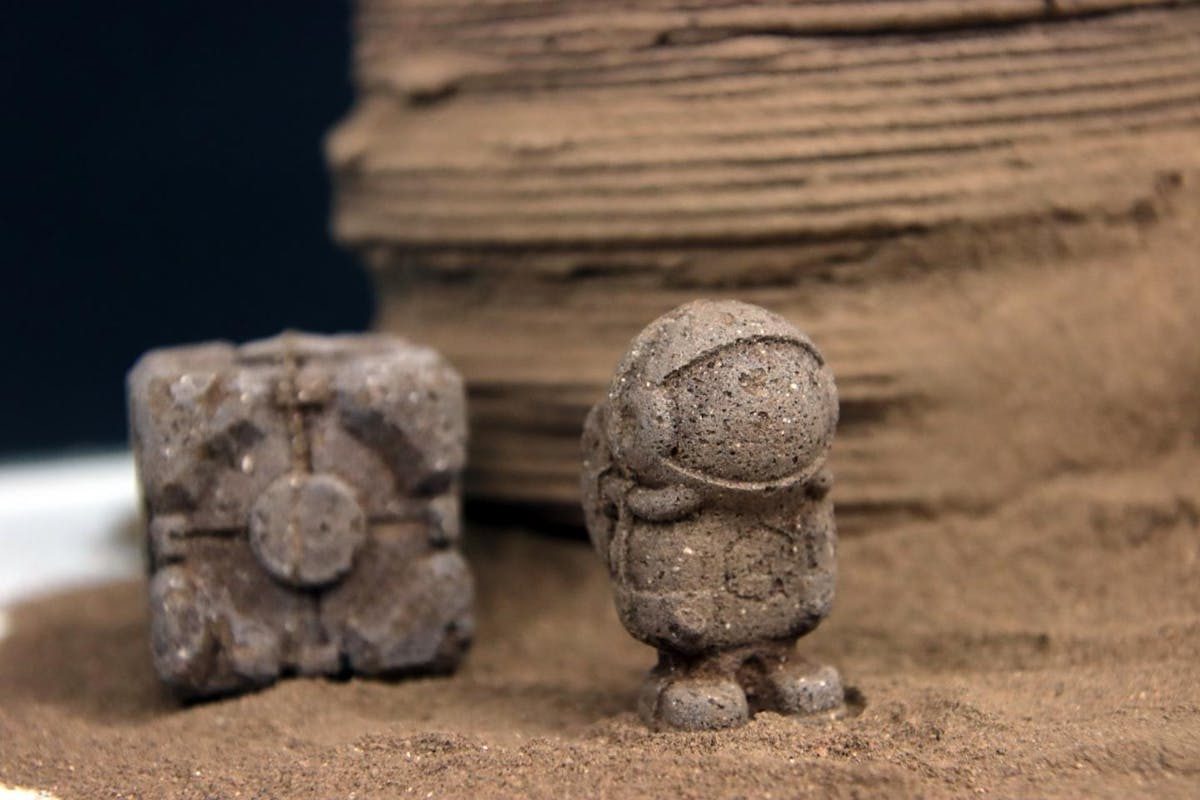New research study indicates chitin could be a suitable building material for Mars habitation
A study conducted by Javier Fernandez and colleagues from Singapore University of Technology and Design provides research that the bioinspired material, chitin, would be a viable building material for Mars inhabitation and tool production. Fernandez shares with Universe Today that by reverse-engineering chitin production and combining it with an analog of Martian soil, new chitinous material was created. This material called biolith has presented itself to be highly useful in creating rigid structures using minimal energy output. “The technology was originally developed to create circular ecosystems in urban environments, but due to its efficiency, it is also the most efficient and scalable method to produce materials in a closed artificial ecosystem in the extremely scarce environment of a lifeless planet or satellite,” explains Fernandez.


A study conducted by Javier Fernandez and colleagues from Singapore University of Technology and Design provides research that the bioinspired material, chitin, would be a viable building material for Mars inhabitation and tool production.
Fernandez shares with Universe Today that by reverse-engineering chitin production and combining it with an analog of Martian soil, new chitinous material was created. This material called biolith has presented itself to be highly useful in creating rigid structures using minimal energy output.
“The technology was originally developed to create circular ecosystems in urban environments, but due to its efficiency, it is also the most efficient and scalable method to produce materials in a closed artificial ecosystem in the extremely scarce environment of a lifeless planet or satellite,” explains Fernandez.
